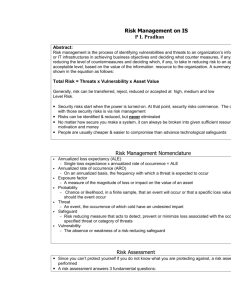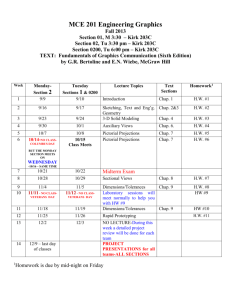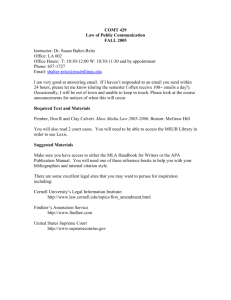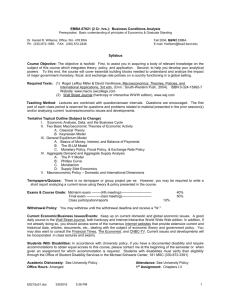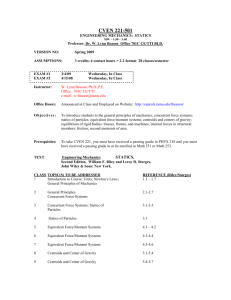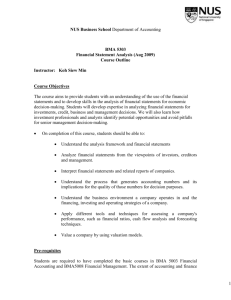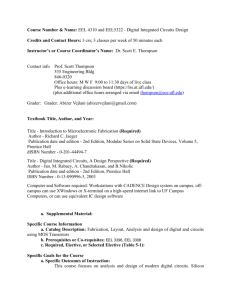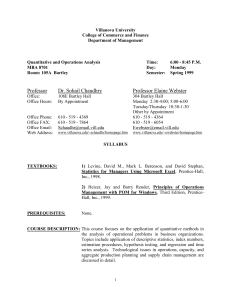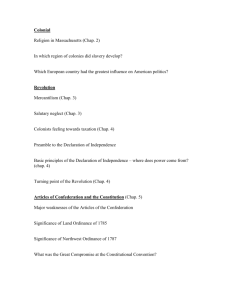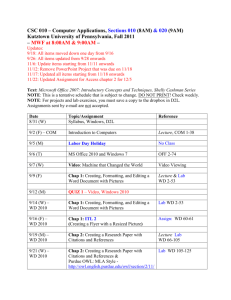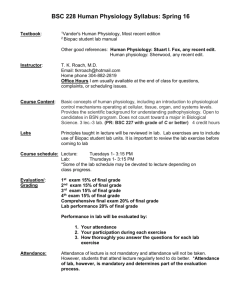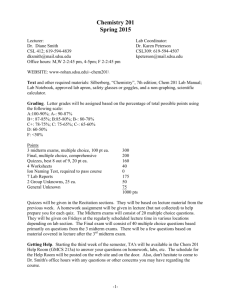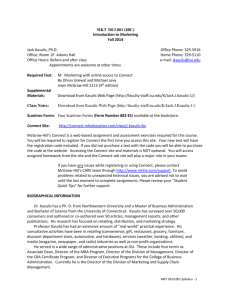Operating Systems. A concept-based approach, Second
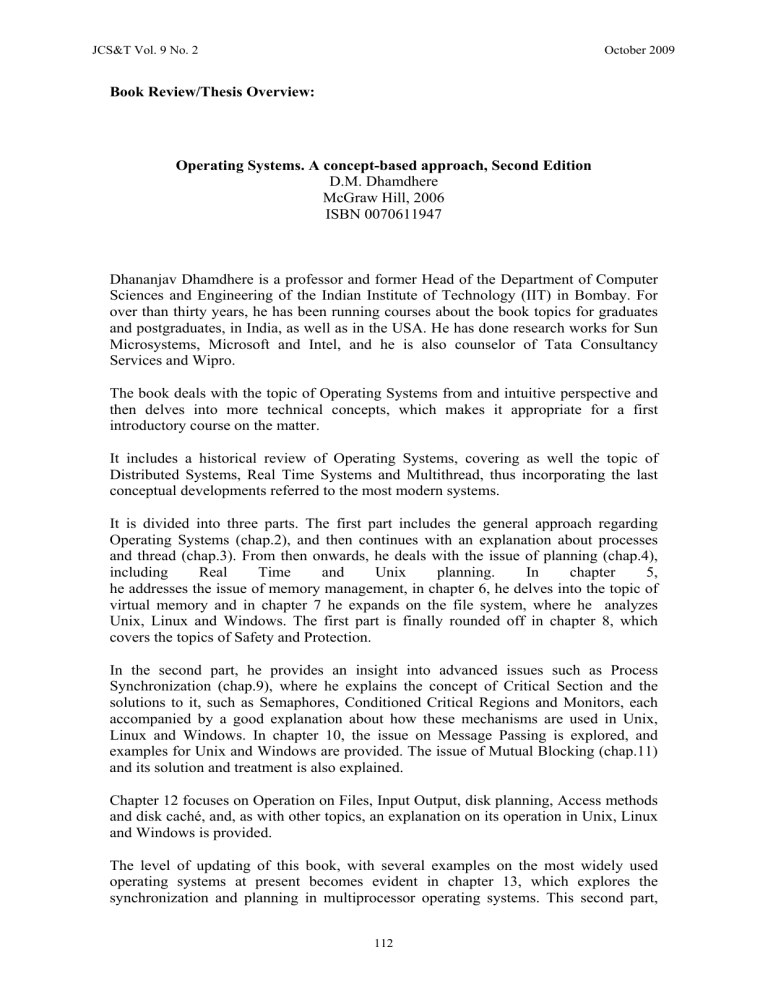
JCS&T Vol. 9 No. 2 October 2009
Book Review/Thesis Overview:
Operating Systems. A concept-based approach, Second Edition
D.M. Dhamdhere
McGraw Hill, 2006
ISBN 0070611947
Dhananjav Dhamdhere is a professor and former Head of the Department of Computer
Sciences and Engineering of the Indian Institute of Technology (IIT) in Bombay. For over than thirty years, he has been running courses about the book topics for graduates and postgraduates, in India, as well as in the USA. He has done research works for Sun
Microsystems, Microsoft and Intel, and he is also counselor of Tata Consultancy
Services and Wipro.
The book deals with the topic of Operating Systems from and intuitive perspective and then delves into more technical concepts, which makes it appropriate for a first introductory course on the matter.
It includes a historical review of Operating Systems, covering as well the topic of
Distributed Systems, Real Time Systems and Multithread, thus incorporating the last conceptual developments referred to the most modern systems.
It is divided into three parts. The first part includes the general approach regarding
Operating Systems (chap.2), and then continues with an explanation about processes and thread (chap.3). From then onwards, he deals with the issue of planning (chap.4), including Real Time and Unix planning. In chapter 5, he addresses the issue of memory management, in chapter 6, he delves into the topic of virtual memory and in chapter 7 he expands on the file system, where he analyzes
Unix, Linux and Windows. The first part is finally rounded off in chapter 8, which covers the topics of Safety and Protection.
In the second part, he provides an insight into advanced issues such as Process
Synchronization (chap.9), where he explains the concept of Critical Section and the solutions to it, such as Semaphores, Conditioned Critical Regions and Monitors, each accompanied by a good explanation about how these mechanisms are used in Unix,
Linux and Windows. In chapter 10, the issue on Message Passing is explored, and examples for Unix and Windows are provided. The issue of Mutual Blocking (chap.11) and its solution and treatment is also explained.
Chapter 12 focuses on Operation on Files, Input Output, disk planning, Access methods and disk caché, and, as with other topics, an explanation on its operation in Unix, Linux and Windows is provided.
The level of updating of this book, with several examples on the most widely used operating systems at present becomes evident in chapter 13, which explores the synchronization and planning in multiprocessor operating systems. This second part,
112
JCS&T Vol. 9 No. 2 October 2009 finishes with a study on the structure of Operating Systems, in monolithical ones, layerdesigned, virtual machine type, kernel and micro-kernel-based. He analyzes the configuration and installation of a kernel and a description of the architecture of the three operating systems that were used as examples throughout the book.
In the third part, the focus is laid upon distributed systems. Within this area, he studies network protocols, distributed calculations and operating systems, as well as the hardware, all from the distributed systems approach (chap. 15). In chapter 16, he deals with topics related to time and status. The main computer’s clocks synchronization algorithms are analyzed.
In chapter 17, he looks at the algorithms used in distributed control, for the management of mutual blocking, mutual exclusion, planning, planning detection and leader choice.
Resources and process migration are also dealt with.
Chapter 18 is based on the retrieval and failure tolerance, always in distributed systems.
The issue of Byzantine Generals is also treated. He also introduces the concept of resilience, which is a technique that allows for a low failure impact.
Chapter 19 addresses the topic of distributed systems, considering certain aspects such as transparence and file sharing. Examples are shown using the Sun (NFS), Andrew and
Coda systems and Windows Server 2003 as well.
Finally, the author explores the safety of distributed files (chap.20). Topics such as message security, message encryption, public and private key and digital signatures are dealt with. The different types of attacks and their prevention are also analyzed, together with Kerberos and SSL.
This book presents in a very thorough study on Operating Systems, considering what can be dealt with in a single volume. Therefore, it can be used as a practical reference book for a university course. The examples are updated and refer to the most used systems at present. As regards more specific topics, it also contains good bibliographical references at the end of each chapter. This bibliography is completely up-to-date and if, at certain points, it makes reference to older bibliography, it is because the topic has been appropriately developed in those books. fromero@lidi.info.unlp.edu.ar
113





